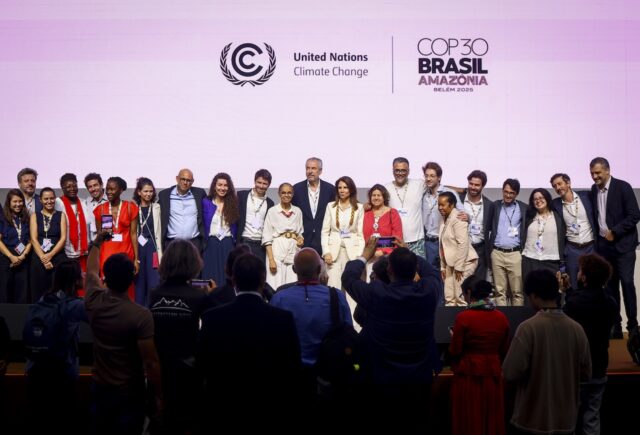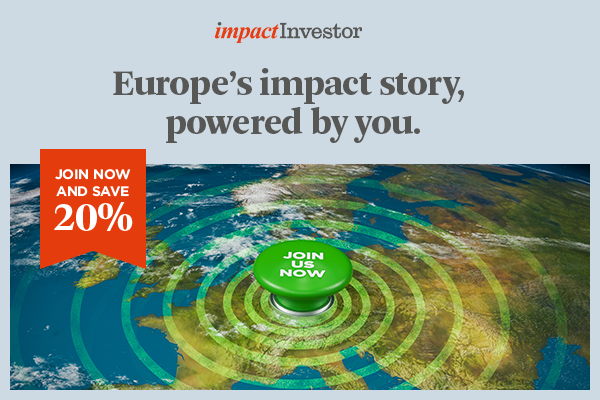Nature finance is gaining momentum, but the complexity of the sector often leaves nature underpriced, undervalued and underfinanced, a new report has said.

A new report by the World Economic Forum (WEF) in collaboration with McKinsey & Company, Finance Solutions for Nature: Pathways to Returns and Outcomes, aims to offer institutional investors, banks, asset managers and development institutions a practical framework to help pick the right finance solutions to unlock investment in nature.
While a growing range of mechanisms – from biodiversity credits to sovereign debt instruments – have emerged to support nature-positive action, the fragmented investment landscape poses a challenge to investors. Nature-related data is often fragmented, ecosystem outcomes aren’t easy to price and financial markets are only just starting to embed nature into decision-making frameworks, according to the report.
Although private nature finance jumped eleven-fold to more than $102bn (€86.4bn) in the four years to 2024, that’s a drop in the ocean compared to close to $7trn flowing into nature-negative activities each year, the WEF said. The Kunming-Montreal Global Biodiversity Framework, which was adopted in 2022 at COP15, called for the mobilisation of at least $200bn per year for biodiversity by 2030, from a mix of domestic, international and private sources.
Achieving a nature-positive economy needs co-ordinated action partly because nature finance will not scale up through one “perfect” solution, according to the WEF.
“A flexible toolkit that deploys a wide spread of solutions is essential to shift markets. Moving from a fragmented landscape of transactions to mature global markets will depend on scaling-up the best of both worlds: the familiarity and liquidity of general-purpose finance combined with the outcome credibility of nature-specific models that deliver positive results for ecosystems,” the WEF said.
The case for investing in nature
With more than half of global gross domestic product at severe risk of disruption from nature loss, the case for investing in nature remains “as urgent as ever”, the WEF said. It highlighted the fact that food, timber and ecotourism can be traded on global markets, while critical ecosystem services such as carbon sequestration, water filtration, flood protection and pollination are often regarded as free inputs.
There is also a strong economic and financial case for investing in nature, according to the report, which cited recent research by the London Stock Exchange Group which estimated that the green economy generated close to $8trn in listed equity market value in 2024, and had outperformed global equities by 59% since 2008. The nature-positive economy could be worth an additional $10.1trn in annual business value in 2030, according to a 2020 report by the WEF.
Ten key solutions
The report looked at the available guidance on nature investing and produced 37 different finance solutions investors can use to mobilise capital for nature. These range from financial instruments, funds and facilities to fiscal and regulatory measures.
A portfolio approach is necessary to mobilise capital for nature, according to the report, which highlighted ten priority financial solutions that are either already demonstrating viability on the ground, or show significant potential to do so. These include sustainability-linked bonds or loans, impact funds, environmental credits, debt-for-nature swaps, natural asset companies and payments for ecosystem services.
As previously reported by Impact Investor, Barbados last year completed a debt-for-climate swap that was the world’s first to focus mainly on climate resilience measures. The Caribbean country said at the time it planned to use the proceeds of the swap to upgrade the resilience of its water systems impacted by climate change. The debt-for-climate swap is one example of the types of emerging solutions the report highlights.
The report emphasised markets alone cannot solve the problem. It presented five actions the public, private and multilateral sectors can take to help bridge to investment gap.
These include standardising decision-relevant data for investors; boosting structuring approaches and de-risking mechanisms; expanding the investment-grade pipeline of nature projects; building market demand through an enabling environment and shifting market norms and incentives to recognise nature’s full value.






